4-Bromoaniline
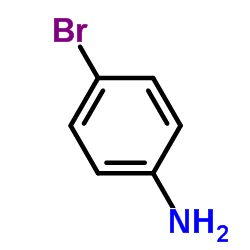
4-Bromoaniline structure
|
Common Name | 4-Bromoaniline | ||
|---|---|---|---|---|
| CAS Number | 106-40-1 | Molecular Weight | 172.023 | |
| Density | 1.6±0.1 g/cm3 | Boiling Point | 225.9±13.0 °C at 760 mmHg | |
| Molecular Formula | C6H6BrN | Melting Point | 56-62 °C(lit.) | |
| MSDS | USA | Flash Point | 90.4±19.8 °C | |
| Symbol |

GHS06 |
Signal Word | Danger | |
| Name | 4-Bromoaniline |
|---|---|
| Synonym | More Synonyms |
| Density | 1.6±0.1 g/cm3 |
|---|---|
| Boiling Point | 225.9±13.0 °C at 760 mmHg |
| Melting Point | 56-62 °C(lit.) |
| Molecular Formula | C6H6BrN |
| Molecular Weight | 172.023 |
| Flash Point | 90.4±19.8 °C |
| Exact Mass | 170.968353 |
| PSA | 26.02000 |
| LogP | 2.05 |
| Vapour Pressure | 0.1±0.4 mmHg at 25°C |
| Index of Refraction | 1.626 |
| InChIKey | WDFQBORIUYODSI-UHFFFAOYSA-N |
| SMILES | Nc1ccc(Br)cc1 |
| Stability | Stable. Combustible. Incompatible with strong oxidizing agents, peroxides, acids, acid chlorides, acid anhydrides, chloroformates. May be air sensitive. |
| Water Solubility | <0.1 g/100 mL at 23 ºC |
CHEMICAL IDENTIFICATION
HEALTH HAZARD DATAACUTE TOXICITY DATA
MUTATION DATA
|
| Symbol |

GHS06 |
|---|---|
| Signal Word | Danger |
| Hazard Statements | H302-H311-H315-H319-H335 |
| Precautionary Statements | P261-P280-P305 + P351 + P338-P312 |
| Personal Protective Equipment | dust mask type N95 (US);Eyeshields;Faceshields;Gloves |
| Hazard Codes | Xn:Harmful |
| Risk Phrases | R20/21/22;R36/37/38 |
| Safety Phrases | S26-S36/37-S36/37/39 |
| RIDADR | UN 2811 6.1/PG 3 |
| WGK Germany | 3 |
| RTECS | BW9280000 |
| Packaging Group | III |
| Hazard Class | 6.1 |
| HS Code | 29214210 |
| Precursor 9 | |
|---|---|
| DownStream 10 | |
| HS Code | 2921420090 |
|---|---|
| Summary | HS:2921420090 aniline derivatives and their salts VAT:17.0% Tax rebate rate:9.0% Supervision conditions:none MFN tariff:6.5% General tariff:30.0% |
|
Synthetic and biological studies on thioxoquinazolinone substituted isoxazoles.
J. Environ Biol. 36 , 909-18, (2015) Eighteen novel 5-phenyl-3-(substitutedthioxoquinazolinonyl) isoxazoles (5a-r) were synthesized by cycloaddition of various chalcones with hydroxylaminehydrochloride (NH2OH.HCl). All the newly synthesi... |
|
|
Biopartitioning micellar chromatography to predict mutagenicity of aromatic amines.
Eur. J. Med. Chem. 42 , 1396-402, (2007) Mutagenicity is a toxicity endpoint associated with the chronic exposure to chemicals. Aromatic amines have considerable industrial and environmental importance due to their widespread use in industry... |
|
|
Acute metobromuron poisoning with severe associated methemoglobinemia. Identification of four metabolites in plasma and urine by LC-DAD, LC-ESI-MS, and LC-ESI-MS-MS.
J. Anal. Toxicol. 24(3) , 157-64, (2000) A case of self poisoning with metobromuron, a urea derivative used as a herbicide, is reported. Severe methemoglobinemia observed at the admission (80%) disappeared only at day 11, and hemolysis appea... |
| para bromo aniline |
| para-bromoaniline |
| Benzenamine,4-bromo |
| 4-bromo-aniline |
| 4-bromobenzenamide |
| 4-Bromoaniline |
| EINECS 203-393-9 |
| 4-Bromobenzenamine |
| ZR DE |
| MFCD00007822 |
| P-BROMOANILINE |
| Aniline,p-bromo |
| Benzenamine, 4-bromo- |
| p-Bromophenylamine |
| 1-amino-4-bromobenzene |
| 4-bromo-phenylamine |
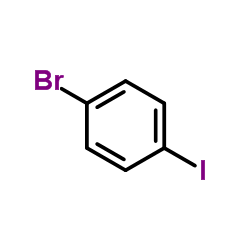 CAS#:589-87-7
CAS#:589-87-7 CAS#:5467-74-3
CAS#:5467-74-3 CAS#:106-37-6
CAS#:106-37-6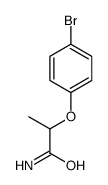 CAS#:360791-98-6
CAS#:360791-98-6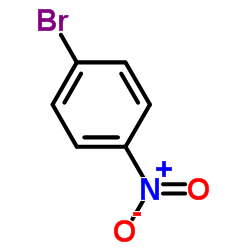 CAS#:586-78-7
CAS#:586-78-7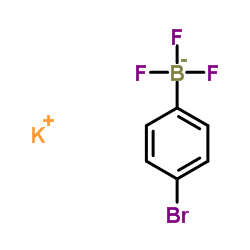 CAS#:374564-35-9
CAS#:374564-35-9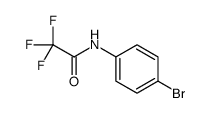 CAS#:24568-11-4
CAS#:24568-11-4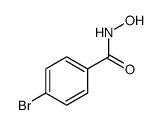 CAS#:1836-27-7
CAS#:1836-27-7 CAS#:103-88-8
CAS#:103-88-8![6-[(4-bromoanilino)methylidene]-4-methylcyclohexa-2,4-dien-1-one structure](https://image.chemsrc.com/caspic/492/106038-85-1.png) CAS#:106038-85-1
CAS#:106038-85-1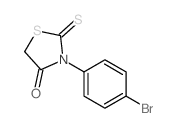 CAS#:10574-70-6
CAS#:10574-70-6![4-[4-(4,4,5,5-tetramethyl-1,3,2-dioxaborolan-2-yl)phenyl]-1,4-thiazinane 1,1-dioxide structure](https://image.chemsrc.com/caspic/174/1093878-43-3.png) CAS#:1093878-43-3
CAS#:1093878-43-3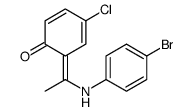 CAS#:105533-45-7
CAS#:105533-45-7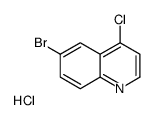 CAS#:1086062-75-0
CAS#:1086062-75-0 CAS#:104703-38-0
CAS#:104703-38-0 CAS#:106518-84-7
CAS#:106518-84-7 CAS#:1093878-42-2
CAS#:1093878-42-2![1-(8-bromo-1,3,4,5-tetrahydropyrido[4,3-b]indol-2-yl)ethanone structure](https://image.chemsrc.com/caspic/240/1060803-07-7.png) CAS#:1060803-07-7
CAS#:1060803-07-7 CAS#:10468-46-9
CAS#:10468-46-9
